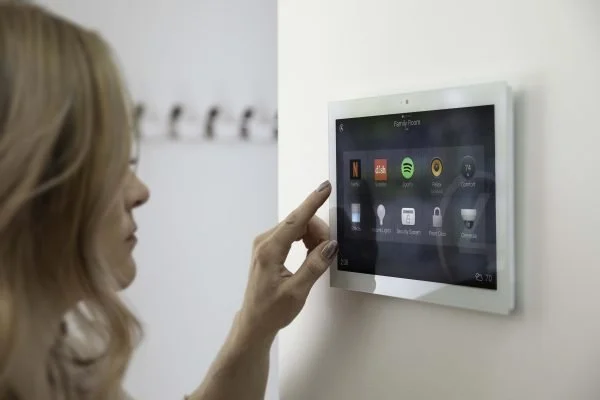Centralized Lighting
Intro & Features
Centralized lighting is a game-changer for managing the mood and function of your home with ease. With a centralized lighting system, you can control every light in your house from one place—whether it's a wall panel, smartphone app, or even by voice command. Imagine being able to turn off all the lights before bed with a single tap, or adjust the brightness in different rooms without having to walk around to each switch. This not only adds convenience but also increases energy efficiency, as it’s easy to ensure lights are only on where and when they’re needed.
Another great benefit of centralized lighting is the ability to set up “lighting scenes” that fit different activities or times of day. For example, you could create a "Relax" scene that dims the lights in the living room for a cozy evening, or a "Morning" scene that gradually brightens lights to help wake you up gently. Centralized control also makes it simple to schedule lights for added security, like setting outdoor lights to come on at sunset automatically. Overall, it gives you full control over your home’s ambiance while adding convenience, security, and energy savings.
Hardware
In a new home, centralized lighting controllers are typically installed during the construction phase, when walls are open and wiring is accessible. The process starts with planning the layout and wiring needed to connect all the lighting circuits back to a central control panel, often located in a utility or mechanical room. Instead of standard switches in each room, low-voltage wiring or designated control cables are run from each lighting area back to this central location, making it easy to manage everything from one point.
At the central control panel, dimmers, relays, and other control modules are installed to regulate each circuit. These modules are connected to a control hub or processor, which is programmed to recognize all the lights and control zones in the home. Keypad panels are installed in main living areas or by entry points, allowing you to control individual lights, groups of lights, or preset scenes from different locations around the house. Since everything is centralized and accessible from a control system, it’s a seamless way to manage lighting throughout the home, and it can easily be expanded or modified in the future if your lighting needs change.
Costs
The cost of a centralized lighting system for a new home depends on the size of the home, the number of zones or circuits you want to control, and the type of system and features you choose. For a smaller home or a setup with basic centralized control, you might budget around $5,000 to $10,000, covering the necessary control panels, dimmers, and installation. In a mid-sized home with more rooms and custom scenes or zones, expect to invest closer to $15,000 to $30,000 for a fully integrated system.
For larger homes or high-end systems with advanced features—like color-changing lights, custom keypads, or integration with other smart home features (such as security and climate control)—the cost can go up to $50,000 or more. Professional installation and programming are typically included in these costs, as a centralized lighting system needs to be carefully set up and configured to work smoothly across all zones. Working with a home automation or lighting specialist can help you get a more accurate estimate tailored to your new home’s layout and your specific lighting goals.

